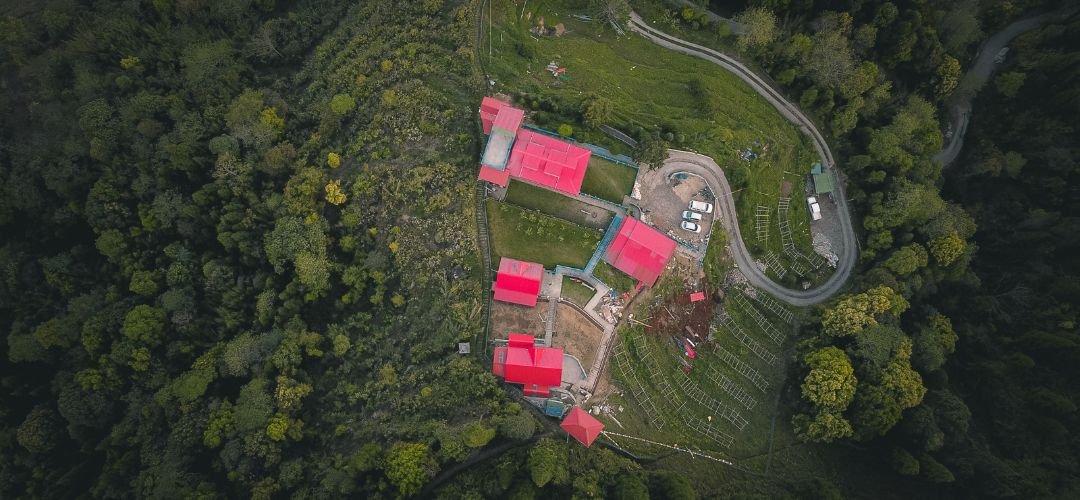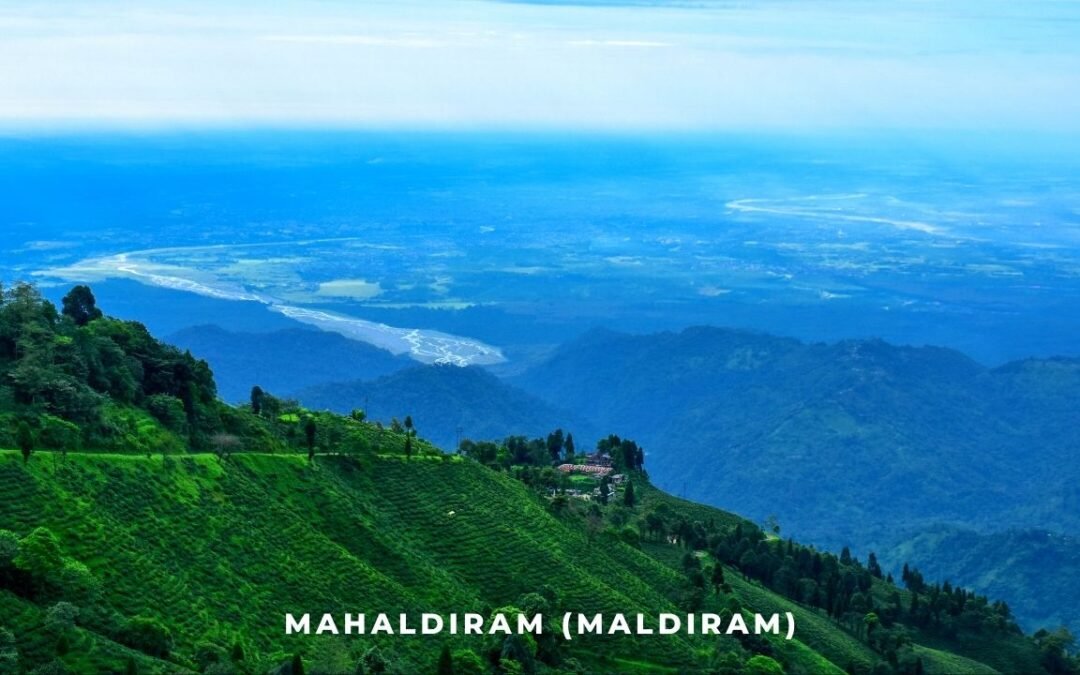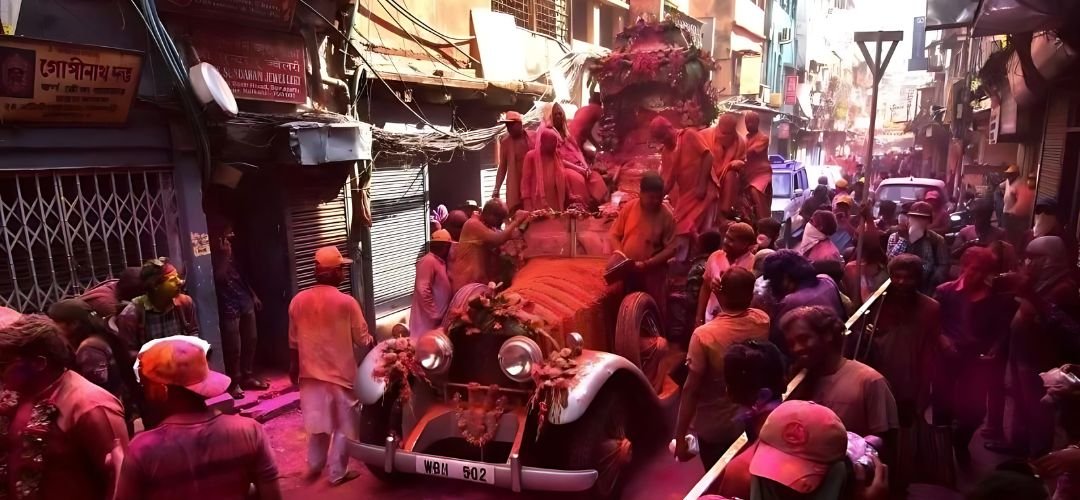Bandel Church can be one of your ideal destinations for a one-day trip from Kolkata during these winters. Clubbed with the Hooghly Imambara and the Hansweswari Temple, these three forms the triangle of religious harmony and faith. We did this almost a year ago and without knowing much about these places.
This post is primarily about the Bandel Church. The others will soon follow.

Bandel Church is one of the oldest churches to be built in Bengal, it also stands as the testament of the Portuguese settlement along the banks of the Hooghly river. The story of the Bandel Chuch cannot be completed without a little history about the Portuguese settlement in India and Bengal. So please bear with my history lessons for the time.

The Portuguese in Bengal
The story of Portuguese starts from the arrival of Vasco da Gama, a nobleman from the household of the King of Portugal, at the port of Calicut in south-west India on 27 May 1498 and it called for a new and quite unpleasant chapter in Indian history.The conduct of the Portuguese was on the verge of being barbaric. They mainly used might and force while trading with the natives. Bengal saw the arrival of the foreign traders from the 16th century. The Portuguese were the first to arrive in Bengal on 1535. They began their trade in Saptagram on the banks of river Saraswati and later were allowed to establish a settlement in 1575 at Hooghly by the permission of Akbar, the emperor of India.The trade and business at Saptagram gradually declined because of the silting of the Saraswati river. During this time Hooghly emerged as the new bustling business centre.
As the Portuguese traders indulged in trade and business; their priests too came here and began baptising the natives. The Augustinian Friars were the largest religious body in Goa and enlisted by the Portuguese. They obtained the Emperor’s permission to preach the Catholic faith to the public. Soon the number of Catholics in Hooghly rose to 5000. They built a church at Bandel in the year 1599.

Amazing History of Bandel Church
By the end of the sixteenth century, the Portuguese had mostly turned in bandits and were happier flexing their muscles and looting others. They also resorted to capturing women and children and selling them as slaves. This incurred the wrath of Emperor shah Jahan and in 1632, the army of the emperor attacked the Hooghly port. The church was also destroyed during this attack, four of the five priests were killed and only Father Joan da Cruz survived. During this attack, it is said that a Tiago, an ardent believer tried to carry the statue of Mother Mary across the river to safety. But unfortunately, he was heard of no more.

The captured Father along with his followers was taken to Agra as a prisoner. The Emperor pronounced a harsh sentence – he ordered that the prisoners are to be trampled under the feet of a herd of wild ferocious elephants! And then the miracle happened. Instead of killing Father Joan da Cruz, the elephant lifted the priest with his trunk and placed him on his back. The emperor was so impressed with this spectacle, that he freed the priest and his followers and let them come back to Hooghly. The emperor also gifted them 777 bighas (311 acres) of land and also funds to reconstruct the church.
Finally, the church was rebuilt in 1660 over the ruins of the older church by Gomez de Soto. The keystone of the foundation lies in the eastern gates of the church.
There is another piece of interesting facts about the church. The church was constructed, but the statue of Our Lady of Happy Voyage (statue of Mother Mary that was lost in the river) was still missing. One night, Father de Cruz heard the voice of Tiago calling him from the river saying that “Our Lady” was coming back. Tiago also announced the “She saved the Christians from Death”. Father initially dismissed it as a mere dream, but the next morning he found the statue of Our Lady of Happy Voyage at the doorsteps of the church. The local fishermen had found the statue at the river and brought it back to the church. To them ‘Guru Maa’ was back again.

The return of the Mother called for a celebration to thank the divine for all the miracles. During the celebration, a Portuguese ship with tattered sail and tired sailors landed at the Bandel port. The captain of the ship narrated that they had encountered a fierce storm at the Bay of Bengal a few days ago. Such was the storm that the chances of the shipwreck were high. The captain had prayed to the god, that if they survived then he would donate the main mast of the ship to the first church they would sight on their way. They survived the tempest and the captain donated the mast of his ship to Bandel Church. In fact, Bandel gets its name from the Portuguese word for mast; and thus the Bandel church.
During 1988, when Pope JohnPaul II visited Calcutta, he declared the Bandel church as a Basilica.


The Bandel Church
The church has been built in Doric-style and is dedicated to Nossa Senhora di Rozario. The church has beautiful paintings inside it depicting the tales from the life of Jesus. The church also has a replica of the caves in Lourdes where Mother Mary was said to have been born. The church campus consists of a huge area and has an open field in front leading to the Hooghly river.
The church comprises a number of tombstones, three altars, a shrine to Mary and an organ. Constructed in the unique architectural style of the Portuguese, the Bandel Church attracts several thousand devotees from different religious communities of West Bengal. The interior of the Bandel Church is decorated with beautiful chandeliers. The coloured glass windows and the Grand Tower Clock of the Bandel Church add to the glory of this religious monument.

The church had a major redecoration in 1990. The entire church was covered with marble and granite during this time and beautification process had started. There are a number of murals in the walls of the church. a few grottos have also been built to beautify the place. There are places to offer and light candles in front of the altars. A spectacular life-sized statue of Mother of Sorrows in marble sitting with the body of dead Jesus on her lap is also moving.

How to reach Bandel Church:
Bandel can be easily reached from Howrah and Sealdah station by local train. From the station, you can take a rickshaw to go around the places.

Nearby attractions:
Do visit the Hansweswari Temple at Banshberia and the Hooghly Imambara while your visit to the Bandel church.
Also, a kilometre away from Bandel is Chinsurah, the Dutch colony in Bengal.
Bandel Church timings:
From 8.00 AM to 5.00 PM. There are no entry fees.
A few other trivia about the Portuguese in India:
The Portuguese came to India as traders much before any other European countries visited this country. But they could not hold onto their position mainly because of their barbaric nature and their greed.
The end of Portuguese marked the beginning of Dutch settlement in Bengal. Although the Portuguese settlement came to an end, but they could not be totally uprooted from the land of Bengal. Many of their characteristics – good or bad, had blended in the lifestyle, language and culture of Bengal.
Did you know?
The Portuguese had introduced pineapple fruit in Bengal. And so were papaya, guava, sweet potato, custard and bell fruit!
Many Bengali words have their origin in the Portuguese language – biscuit, kakatua (cockatoo), cha (tea), chabi (key), ispat (steel) etc.
Even the Portuguese counterparts adopted the Bengali culture and learnt to prepare many delicious sweets.









0 Comments